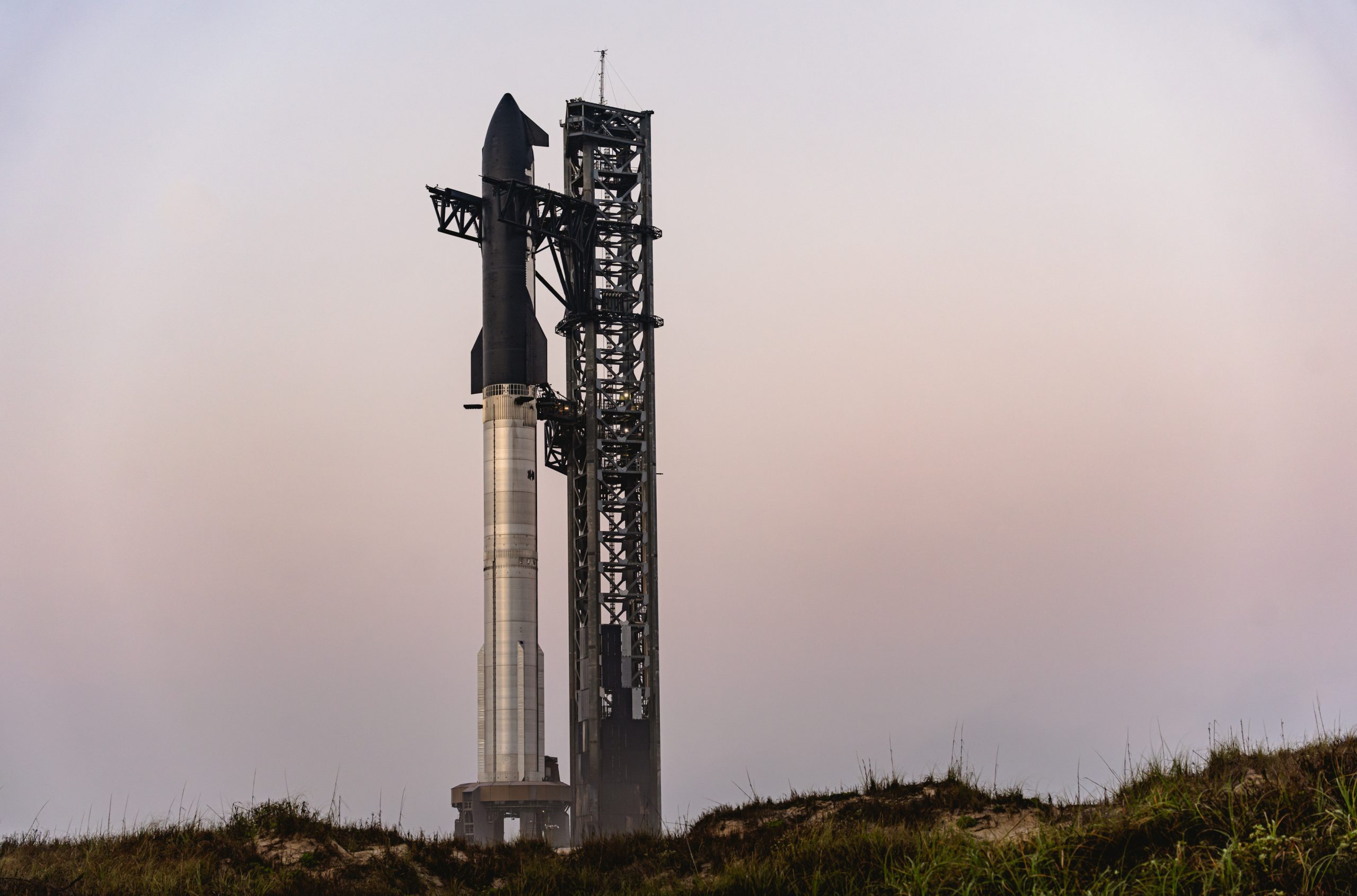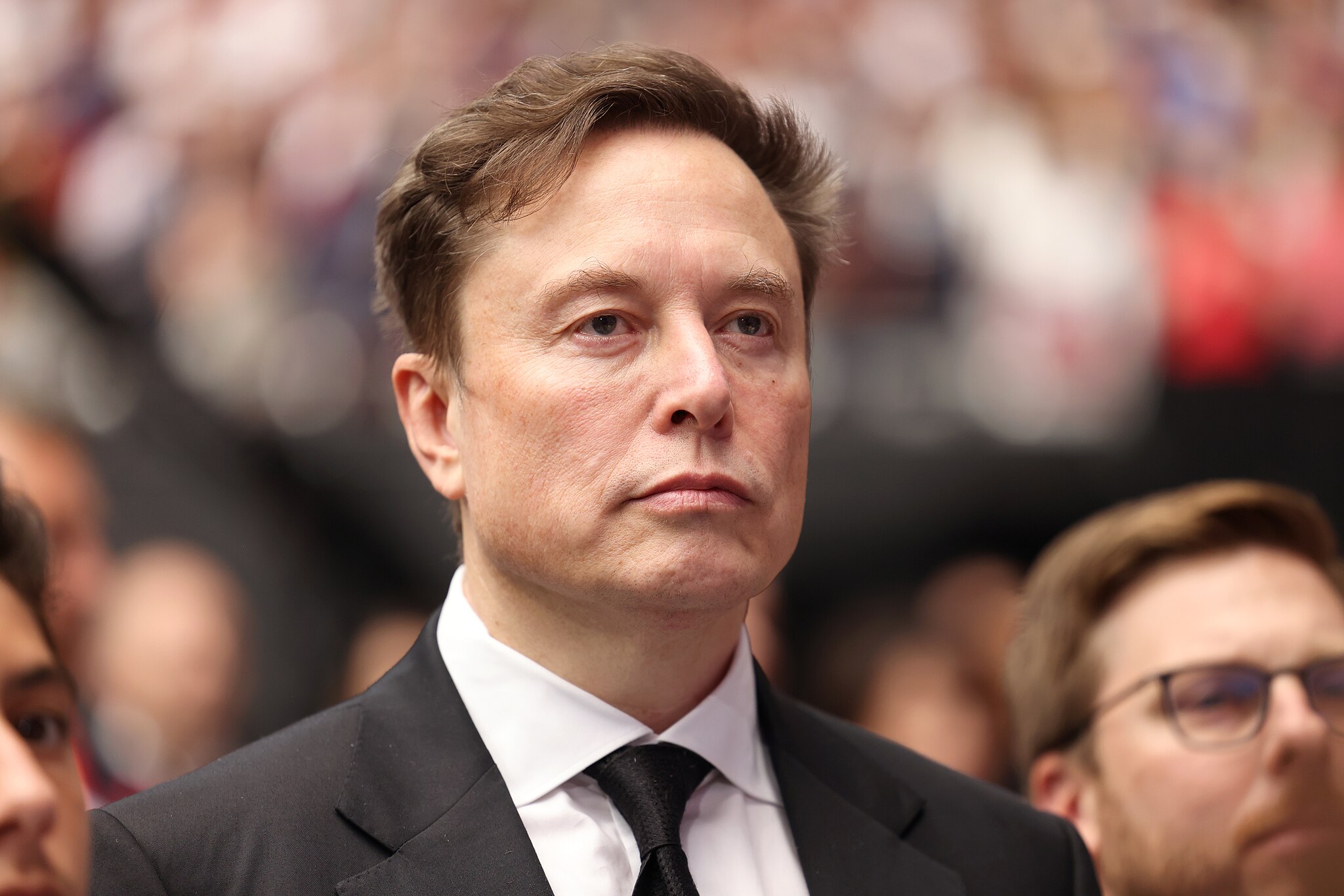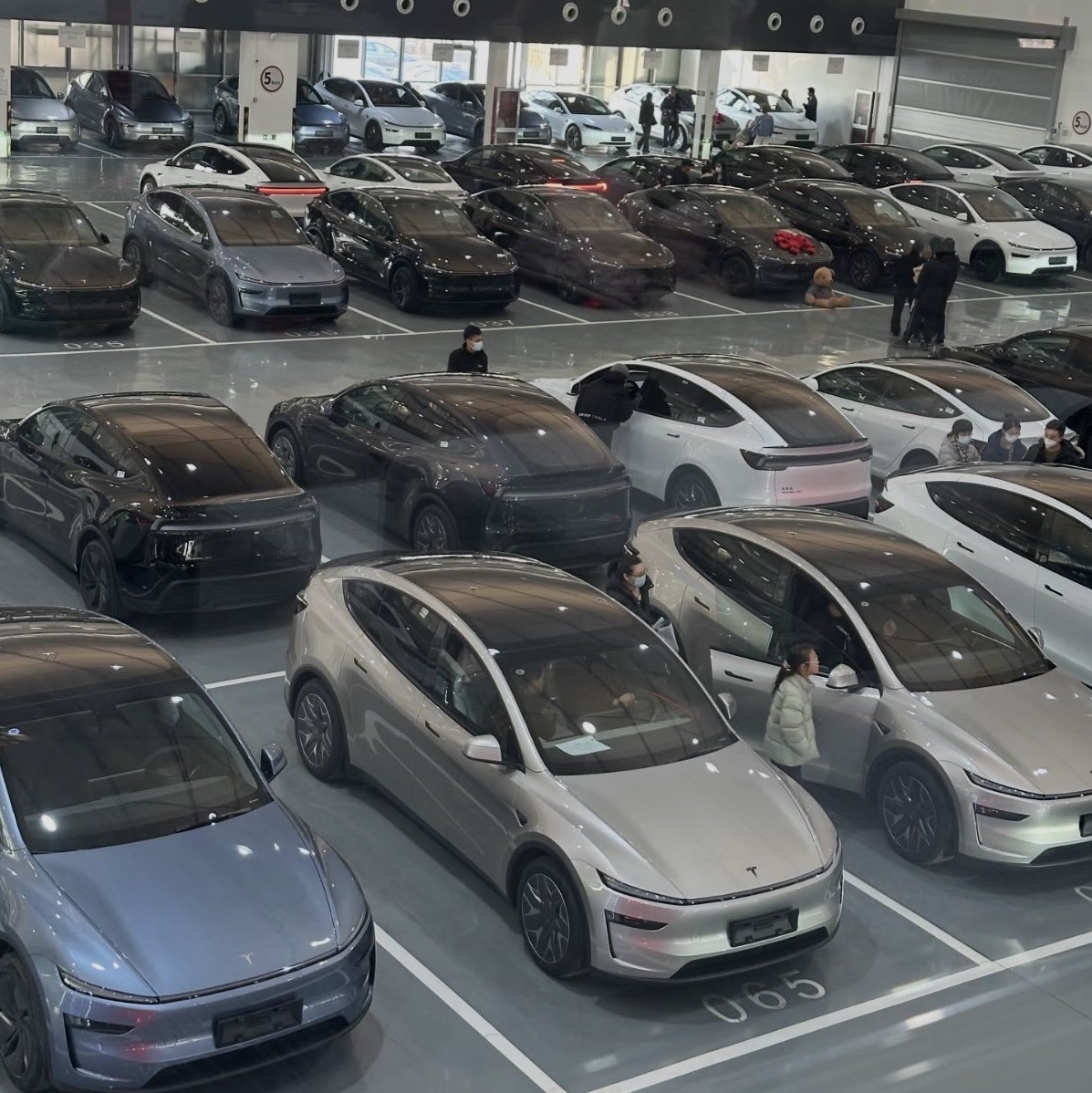News
SpaceX starts offering Starship services for Mars, and it already has its first customer
SpaceX has started offering Starship services to Mars, and it has its first customer already.

SpaceX is yet to master its Starship spacecraft, but the company is already planning several steps ahead. As per recent updates from company leadership, SpaceX has started offering Starship services to Mars, and it has its first customer already.
Starship Updates
SpaceX President and COO Gwynne Shotwell recently posted an update about SpaceX’s Starship program on social media platform X. As per the executive, the private space company is now “offering Startup services to the red planet.” Shotwell also noted that SpaceX is working with the Italian Space Agency on an agreement.
Italian Space Agency President Teodoro Valente shared his excitement for the project in a post on X. As per Valente, the payloads in the mission would be gathering scientific data from Mars.
“Italy is going to Mars! @ASI_Spazio and @SpaceX have signed a first-of-its-kind agreement to carry Italian experiments on the first Starship flights to Mars with customers. The payloads will gather scientific data during the missions. Italy continues to lead in space exploration!” Valente wrote in his post.
Next Starship Flight
SpaceX is currently making preparations for the launch of Starship Flight 10, which is expected to be held sometime this August, as per previous comments from CEO Elon Musk. At the end of July, SpaceX fired up its Starship Upper Stage on its South Texas launch site. This ship is the second that SpaceX has earmarked for Flight 10, as noted in a Space.com report, since the first exploded on a test stand on June 18 just before a planned static fire test.
A fully-stacked Starship first took to the skies in April 2023. Unfortunately, the last three missions this year, which were launched in January, March, and May, all ended with the upper stage experiencing a Rapid Unscheduled Disassembly (RUD) before its planned splashdown in the Indian Ocean.

News
Tesla officially publishes Q4 2025 vehicle delivery consensus
By releasing these numbers directly, Tesla establishes a clear, transparent benchmark ahead of its actual results.

Tesla has taken the rather unusual step of officially publishing its company-compiled Q4 2025 delivery consensus on the Investor Relations site. As per analyst estimates, Tesla is expected to deliver 422,850 vehicles and deploy 13.4 GWh of battery storage systems this Q4 2025.
By releasing these numbers directly, Tesla establishes a clear, transparent benchmark ahead of its actual results, making it harder for narratives to claim a “miss” based on outlier estimates.
Official consensus sets the record straight
Tesla’s IR press release detailed the consensus from 20 analysts for vehicle deliveries and 16 analysts for energy deployments. As per the release, full-year 2025 consensus delivery estimates come in at 1,640,752 vehicles, an 8.3% decline from 2025’s FY deliveries of 1,789,226 cars.
Tesla noted that while it “does not endorse any information, recommendations or conclusions made by the analysts,” its press release does provide a notable reference point. Analysts contributing to the company compiled consensus include Daiwa, DB, Wedbush, Oppenheimer, Canaccord, Baird, Wolfe, Exane, Goldman Sachs, RBC, Evercore ISI, Barclays, Wells Fargo, Morgan Stanley, UBS, Jefferies, Needham, HSBC, Cantor Fitzgerald, and William Blair.

Tesla’s busy Q4 2025
Tesla seems to be pushing hard to deliver as many vehicles as possible before the end of 2025, despite the company’s future seemingly being determined not by vehicle deliveries, but FSD and Optimus’ rollout and ramp. Still, reports from countries such as China are optimistic, with posts on social media hinting that Tesla’s delivery centers in the country are appearing packed as the final weeks of 2025 unfold.
The Tesla Model Y and Model 3 are also still performing well in China’s premium EV segment. Based on data from January to November, the Model Y took China’s number one spot in the RMB 200,000-RMB 300,000 segment for electric vehicles, selling 359,463 units. The Model 3 sedan took third place, selling 172,392. This is quite impressive considering that both the Model Y and Model 3 command a premium compared to their domestic rivals.
Elon Musk
Tesla’s Elon Musk accepts invitation to Israel’s Smart Transportation Conference
The announcement was shared by the Israeli Prime Minister in a post on social media platform X.

Elon Musk has reportedly accepted an invitation from Israeli Prime Minister Benjamin Netanyahu to participate in the country’s Smart Transportation Conference in March 2026.
The announcement was shared by the Israeli Prime Minister in a post on social media platform X.
A call and an invitation
Netanyahu posted on X about Musk, stating in Hebrew: “Last night, I held a joint conference call from Florida with entrepreneur Elon Musk, Minister of Transportation Miri Regev, and the head of the National AI Headquarters, Erez Askal. In the framework of the conversation, Musk responded to my invitation and Minister Regev’s invitation to participate in the Smart Transportation Conference that will be held in March.”
Netanyahu added that he and Musk discussed continuing initiatives such as the promotion of autonomous vehicle laws and the boosting of AI technologies in Israel. This, according to the Prime Minister, is aimed at making the country a global leader in emerging technologies.
“Additionally, we discussed the continuation of collaborations with Tesla and the promotion of the law pertaining to autonomous vehicles. I spoke at length with Musk about promoting and developing artificial intelligence technologies in Israel, and I said in our conversation: We intend to catapult Israel and turn it into a global leader in the field, just as we did in cyber and other technologies,” Netanyahu added.
Tesla FSD’s upcoming rollout in Israel
Elon Musk’s upcoming conference appearance in Israel could hint at Tesla’s upcoming rollout of FSD and its Robotaxi service in the country. Previous reports have hinted that FSD is nearing regulatory approval in Israel, following strong advocacy from local owners and direct intervention from the government.
Nearly 1,000 Tesla drivers petitioned authorities, highlighting FSD’s potential to enhance road safety. Transport and Road Safety Minister Miri Regev responded positively on X, writing “I’ve received the many referrals from Tesla drivers in Israel! Tesla drivers? Soon you won’t need to hold the steering wheel.”
Minister Regev has instructed the ministry’s Director-General to accelerate the approval process, including necessary tests. A dedicated working group, led by Moshe Ben-Zaken, is also coordinating with regulatory and safety agencies to meet international standards.
News
Tesla China delivery centers look packed as 2025 comes to a close
Needless to say, it appears that Tesla China seems intent on ending 2025 on a strong note.

Tesla’s delivery centers in China seem to be absolutely packed as the final days of 2025 wind down, with photos on social media showing delivery locations being filled wall-to-wall with vehicles waiting for their new owners.
Needless to say, it appears that Tesla China seems intent on ending 2025 on a strong note.
Full delivery center hints at year-end demand surge
A recent image from a Chinese delivery center posted by industry watcher @Tslachan on X revealed rows upon rows of freshly prepared Model Y and Model 3 units, some of which were adorned with red bows and teddy bears. Some customers also seem to be looking over their vehicles with Tesla delivery staff.
The images hint at a strong year-end push to clear inventory and deliver as many vehicles as possible. Interestingly enough, several Model Y L vehicles could be seen in the photos, hinting at the demand for the extended wheelbase-six seat variant of the best-selling all-electric crossover.
Strong demand in China
Consumer demand for the Model Y and Model 3 in China seems to be quite notable. This could be inferred from the estimated delivery dates for the Model 3 and Model Y, which have been extended to February 2026 for several variants. Apart from this, the Model Y and Model 3 also continue to rank well in China’s premium EV segment.
From January to November alone, the Model Y took China’s number one spot in the RMB 200,000-RMB 300,000 segment for electric vehicles, selling 359,463 units. The Model 3 sedan took third place, selling 172,392. This is quite impressive considering that both the Model Y and Model 3 are still priced at a premium compared to some of their rivals, such as the Xiaomi SU7 and YU7.
With delivery centers in December being quite busy, it does seem like Tesla China will end the year on a strong note once more.








